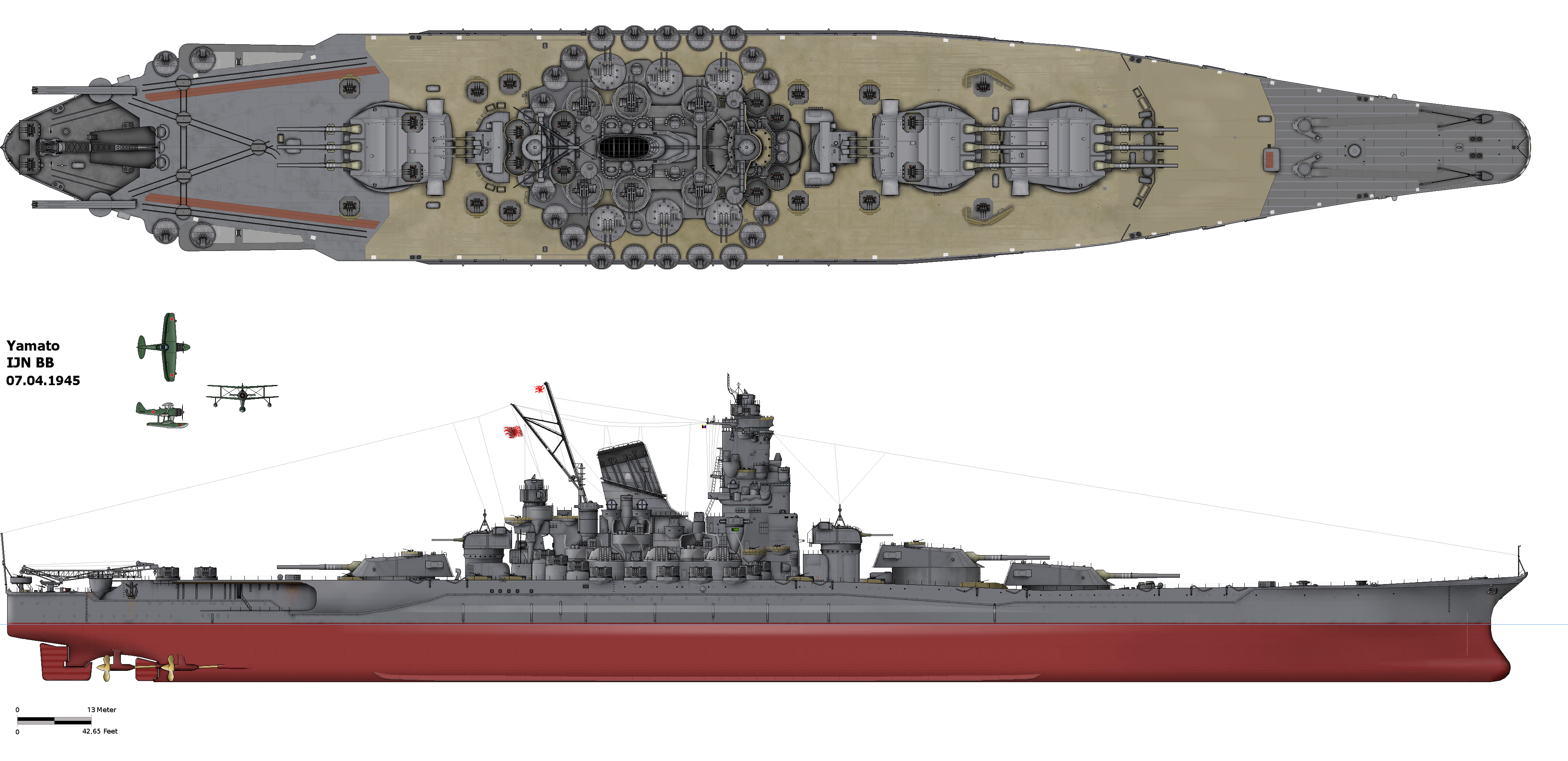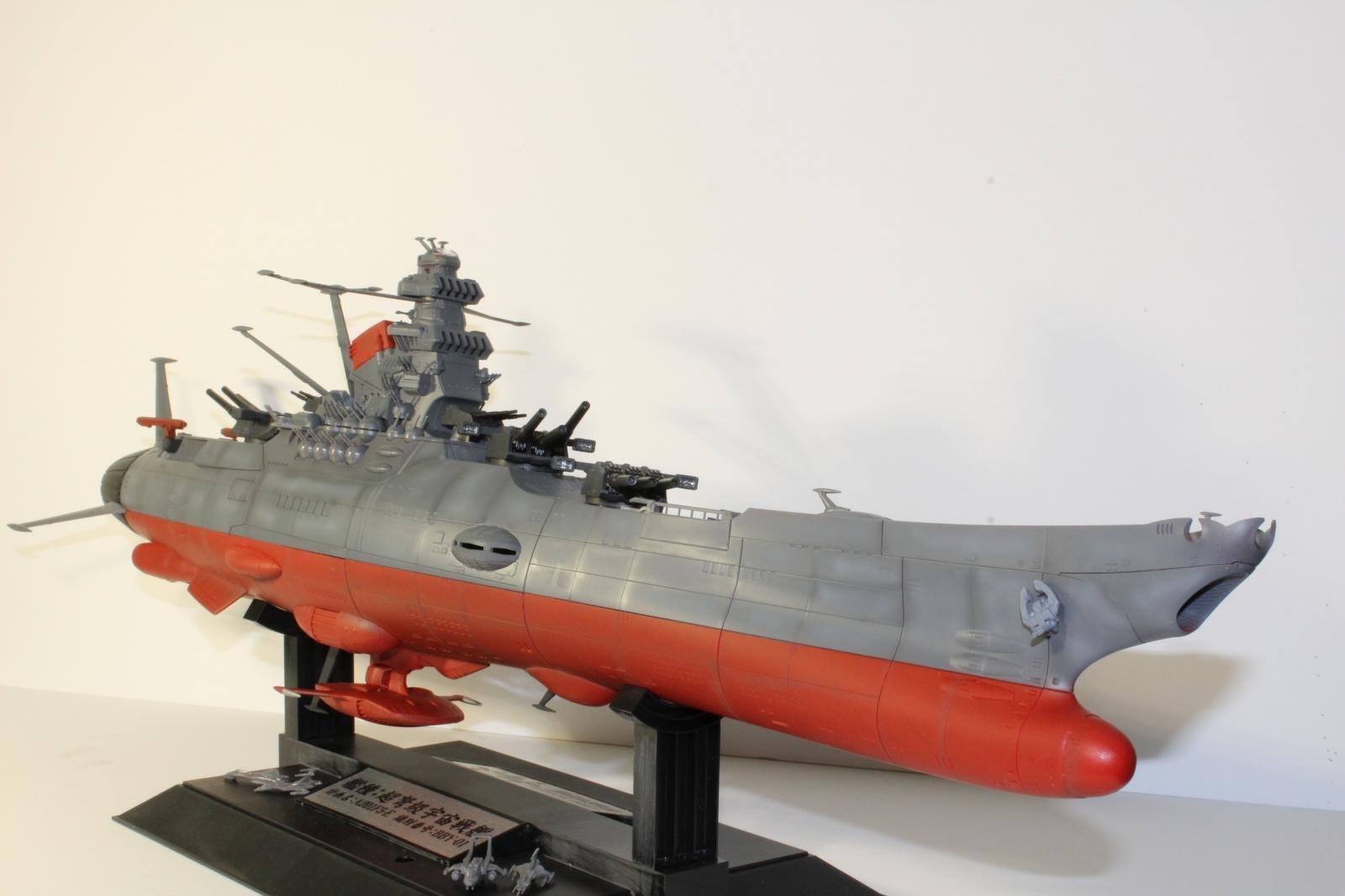One of the ideas I've been kicking around for a while is using old real-world naval ships as the basis for Traveller designs. I decided to start with something relatively small from the early 20th century, the Imperial Russian Navy's 1906 design for a 605-tonne destroyer (that crept above that tonnage during construction). Actual armament was originally six 75mm guns and three torpedo tubes, although one of the 75mm guns was quickly replaced by a 120mm gun, which is the version I used for this design. This is a 1st edition Mongoose Traveller design, with the Core Rulebook, High Guard, and Trillion Credit Squadron available (but not necessarily all used) for components.
This was built to TL11 to make it slightly inferior to Imperial standard ships. High Guard was used for armament, but none of the advancements for higher TL were applied to systems in order to keep cost down. Someone not on a budget could shrink 7 tons from the M-drive and 12 tons from the torpedo bay, along with adding modifiers to the beam weapons.
In-universe, the original Leytenant Shestakov was armed with just the torpedo bay and two triple pulse laser turrets. Fleet maneuvers showed this was inadequate, as the 600-dTon ship couldn't carry enough reloads for the torpedo bay for sustained combat, and it was quickly reduced to a point defense ship. The turrets were made larger and two more were added along with a particle beam barbette, and a set of five pulse lasers was distributed across the four triple turrets, with the remaining slots filled with sandcasters. There's talk of refitting them again with an armament of a small torpedo bay, 2 particle beam barbettes, and 2 triple turrets each with 1 beam laser and 2 sandcasters, sacrificing 3 tons of sandcaster ammunition to make up the difference in armament volume.
The destroyers are now seen primarily as self-deploying system defense boats, using their Jump engines only to get to their defensive stations. With their fuel processors, they're able to refuel in roughly a week after Jumping, and using Jump fuel for their reactors gives them 10 weeks of endurance maximum (120 tons Jump fuel + 30 tons reactor fuel, 30 tons used per 2 weeks), although they refuel more frequently whenever possible. Their relatively high M-drive acceleration and P-beam barbette usually allow them to dictate the range of engagement against raiders. In the event one somehow winds up in a fleet action, they're intended to hang back at first, using the P-beam to harass opposing light vessels while screening the fleet with sand, then dash in against weakened foes with torpedo runs.
This was built to TL11 to make it slightly inferior to Imperial standard ships. High Guard was used for armament, but none of the advancements for higher TL were applied to systems in order to keep cost down. Someone not on a budget could shrink 7 tons from the M-drive and 12 tons from the torpedo bay, along with adding modifiers to the beam weapons.
In-universe, the original Leytenant Shestakov was armed with just the torpedo bay and two triple pulse laser turrets. Fleet maneuvers showed this was inadequate, as the 600-dTon ship couldn't carry enough reloads for the torpedo bay for sustained combat, and it was quickly reduced to a point defense ship. The turrets were made larger and two more were added along with a particle beam barbette, and a set of five pulse lasers was distributed across the four triple turrets, with the remaining slots filled with sandcasters. There's talk of refitting them again with an armament of a small torpedo bay, 2 particle beam barbettes, and 2 triple turrets each with 1 beam laser and 2 sandcasters, sacrificing 3 tons of sandcaster ammunition to make up the difference in armament volume.
The destroyers are now seen primarily as self-deploying system defense boats, using their Jump engines only to get to their defensive stations. With their fuel processors, they're able to refuel in roughly a week after Jumping, and using Jump fuel for their reactors gives them 10 weeks of endurance maximum (120 tons Jump fuel + 30 tons reactor fuel, 30 tons used per 2 weeks), although they refuel more frequently whenever possible. Their relatively high M-drive acceleration and P-beam barbette usually allow them to dictate the range of engagement against raiders. In the event one somehow winds up in a fleet action, they're intended to hang back at first, using the P-beam to harass opposing light vessels while screening the fleet with sand, then dash in against weakened foes with torpedo runs.
TL11 | | | Tons | Price (Cr.) |
Hull | 600 tons | Hull 10 | | 52,800,000 |
| Streamlined | Structure 10 | | |
Armor | Crystaliron | 4 points | 30 | 10,560,000 |
Jump Drive | F | Jump 2 | 35 | 60,000,000 |
Maneuver Drive | Q | Thrust 5 | 29 | 60,000,000 |
Power Plant | Q | | 46 | 120,000,000 |
Bridge | | | 20 | 3,000,000 |
Computer | Model 2 | | | 160,000 |
Electronics | Basic Military | | 2 | 1,000,000 |
| | | | |
Weapons | Hardpoint #1 | Torpedo Bay | 50 | 12,000,000 |
| Hardpoint #2 | Particle Barbette | 5 | 8,000,000 |
| Hardpoint #3 | Triple Turret (PL, PL, SC) | 1 | 2,250,000 |
| Hardpoint #4 | Triple Turret (PL, SC, SC) | 1 | 2,000,000 |
| Hardpoint #5 | Triple Turret (PL, SC, SC) | 1 | 2,000,000 |
| Hardpoint #6 | Triple Turret (PL, SC, SC) | 1 | 2,000,000 |
Fuel | 150 | 1 Jump-2 and 2 weeks operation | 150 | |
Cargo | | | 70 | |
Staterooms | 20 | | 80 | 10,000,000 |
Low Berths | 0 | | | |
| | | | |
Extras | Fuel Processors | 40 tons/day | 2 | 100,000 |
| Escape Pods | | 10 | 2,000,000 |
| Ship’s Boat | | 30 | 16,000,000 |
| 12 Basic Torpedoes | | 30 | 60,000 |
| 120 Sandcaster Barrels | | 6 | 60,000 |
| 20 Pebble Barrels | | 1 | 10,000 |
Software | Maneuver/0 | | | |
| Fire Control/2 | | | 4,000,000 |
| Jump Control/2 | | | 200,000 |
| | | | |
| | | | |
Maintenance | | | | 36,387 |
Life Support | | | | 40,000 |
Totals | | | 600 | 368,200,000 |


